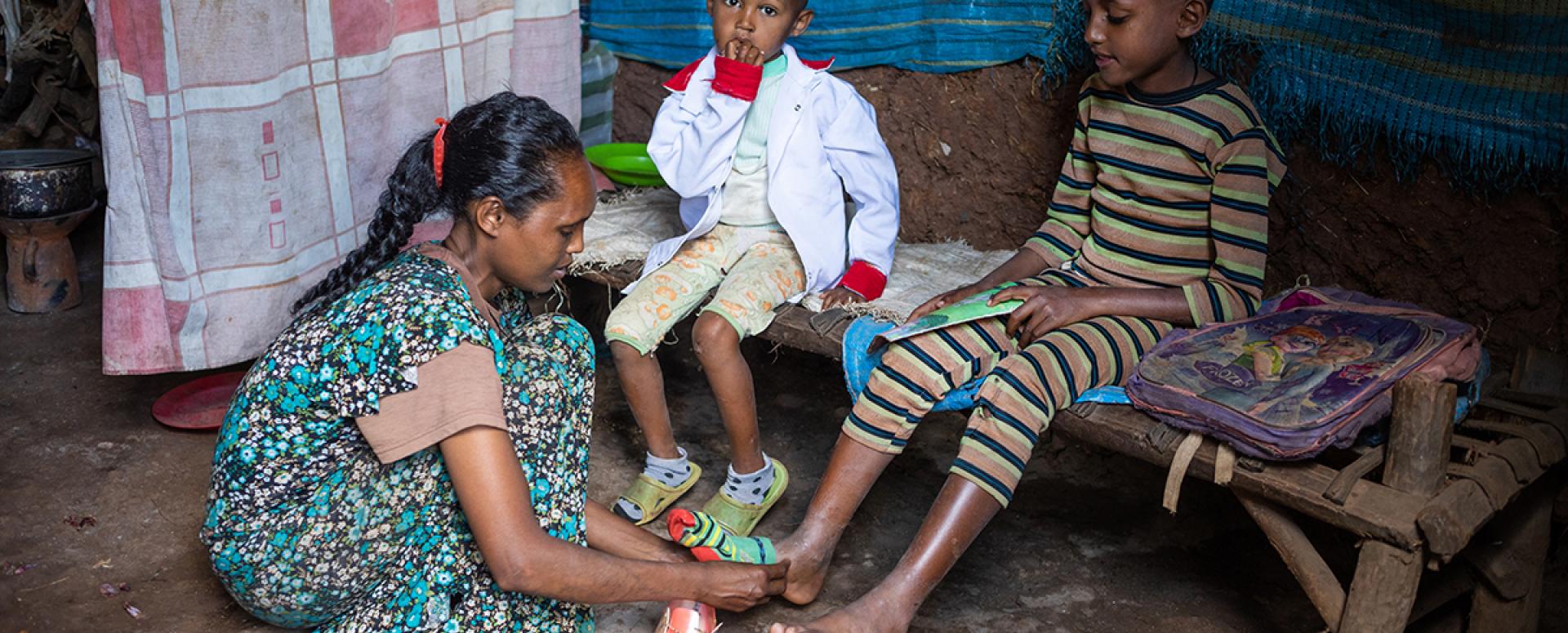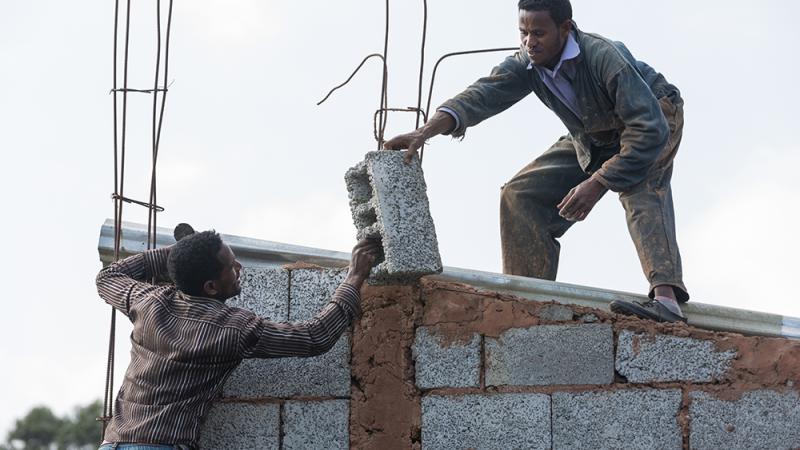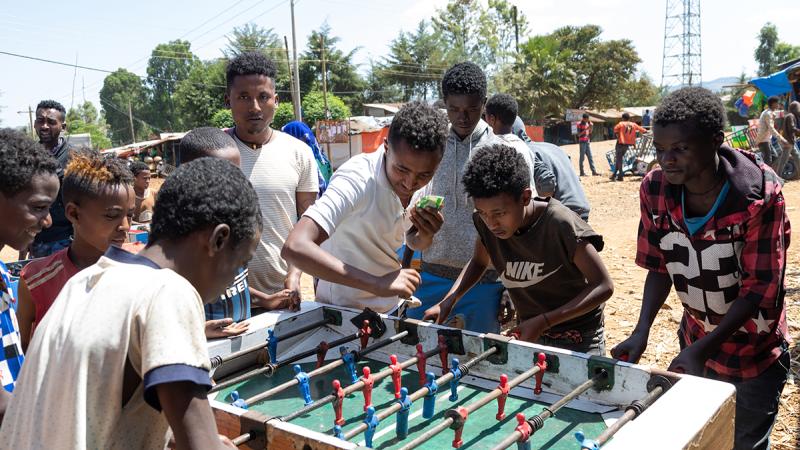
Discover More
Breadcrumb
Health and Well-being
Childhood poverty and inequality
Most of the families in the Young Lives study are poor, or relatively poor. What has economic growth meant for them? On the whole, they have become less poor, despite the global financial crisis. During the past 15 years, there has been a pattern of generally rising living standards, with many families noticing improvements in their homes and communities. However, progress for Young Lives families has been uneven. Often, it is the children from better-off families who have experienced the greater gains, so disadvantage is increasingly concentrated among the most marginalised children and inequalities are becoming entrenched. Moreover the past few years have presented challenges that have eroded some of the progress, due to the effects of Covid, Conflict, Climate Change and inflation.
Health and nutrition
Malnutrition and stunting continue to be central challenges, and both remain intrinsically associated with poverty and inequality. Children from poorer and more marginalised households are those who display the most serious levels of stunting and wasting. But our research also shows there are key windows of opportunity for interventions that can help children recover from stunting. Our findings that a good proportion of children who were undernourished as infants recover subsequently is good news, and we have been promoting school feeding in pre-primary and primary schools, which has been rolled out throughout Ethiopia.



